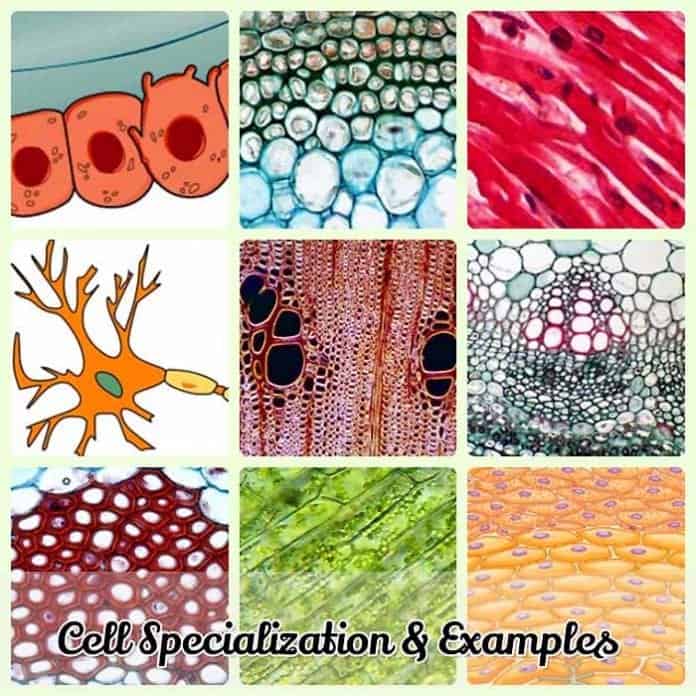
Cell Specialization: All living organisms are composed of one or more cells – this statement is probably one of the most important principles of the Cell Theory by Theodor Schwann and Matthias Schleiden.
This makes sense, given that the body of multicellular organisms are made up of them but are not all identical.
Multicellular organisms are composed of a wide variety of cells, with each cell specialized in performing a specific function. But, of course, they need to undergo specific processes to be specialized.
Let’s explore more about it below.
Table of Contents
What is Cell Specialization?
Also referred to as cell differentiation[1], cell specialization is the process wherein “general” or “common” cells evolve to form specific cells that have specific functions. This process is very much prevalent and most important during embryological development. During adulthood, cells called stem cells become specialized to replace old and worn-out cells.
![]()
How Does A Cell Become Specialized?
The cell life cycle is composed of the interphase (growth stage) and either mitosis or meiosis (division stage). Some cells continue to undergo a cell cycle throughout their lifespan, while some terminate in a definite period. It is during interphase that cells specialize, and it is also during this phase that genes can be selectively activated or deactivated.
- Differentiation often occurs during the cell cycle as it starts from the cell being a zygote up to more complex ones like tissues. It continues until adulthood, when the cells (adult stem cells) divide to replace cells and worn-out tissues.
All in all, differentiation alters the size of the cell, its form and structure, physiological response, and even metabolic activities.
![]()
Examples of Cell Specialization and their Adaptations
To function efficiently, living organisms differ in the type of cells they are made of. The following are just some of the most common specialized cells in plant and animal cells. :
1. Xylem and Phloem
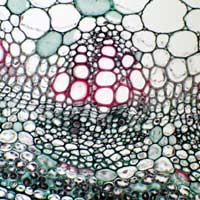 plants also have specialized cells that function mainly for transport[2]. They have the xylem (tissue) that functions to transport water (from the roots to the leaves), whereas the phloem is for the transport of nutrients and organic substances (from the leaves to the plant body).
plants also have specialized cells that function mainly for transport[2]. They have the xylem (tissue) that functions to transport water (from the roots to the leaves), whereas the phloem is for the transport of nutrients and organic substances (from the leaves to the plant body).
- In order to carry these functions out, the xylem vessels are consisted of both living plant cells with very thick cell wall and dead cells. On the other hand, the phloem is made up of living cells arranged in columns.
![]()
2. Root Hair Cells
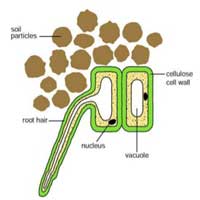 As their name suggests, root hair cells are cells located in the minute projections in the roots of plants. These structures increase the absorption of water and nutrients from the soil.
As their name suggests, root hair cells are cells located in the minute projections in the roots of plants. These structures increase the absorption of water and nutrients from the soil.
- In general, these cells are characterized by having a large surface area which then increases the surface area for absorption.
- In addition to that, these cells also contain a lot of mitochondria that sustain the high energy requirement for active transport.
![]()
3. Red Blood Cells
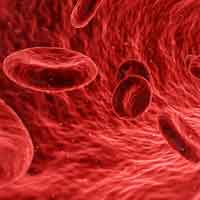 Generally, all blood cells come from undifferentiated stem cells in the bone marrow which then develop to form specialized blood cells. For one, red blood cells (also referred to as erythrocytes) are a specialized type[3] of blood cells that are characterized by their lack of nucleus.
Generally, all blood cells come from undifferentiated stem cells in the bone marrow which then develop to form specialized blood cells. For one, red blood cells (also referred to as erythrocytes) are a specialized type[3] of blood cells that are characterized by their lack of nucleus.
- Inside their cytoplasm, they have the pigment hemoglobin which can combine with oxygen, resulting to the formation of oxyhemoglobin.
- It is believed that the lack of a nucleus in the red blood cells is an adaptation to accommodate more hemoglobin, thus resulting in more transported oxygen.
![]()
4. Muscle Cells
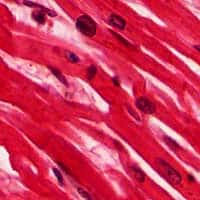 Another specialized cells in animals are the muscle cells[4] which generally have spindle-shaped cell body containing numerous mitochondria.
Another specialized cells in animals are the muscle cells[4] which generally have spindle-shaped cell body containing numerous mitochondria.
- Such specialization enables the muscle cells to perform their function during the contraction and relaxation of muscles to produce movements.
- Another thing is that by having a lot of mitochondria, muscle cells generate a lot of ATP (energy), which then sustains the high energy requirement for locomotion.
![]()
![]()
Significance of Cell Specialization
Aside from the production of cells with specialized functions, the process of cell specialization is important in many other aspects. The following are some of them:
1. Replacement of Old and Worn-out Cells
- The division of these stem cells into specialized cells is often triggered by certain environmental conditions. For instance, these new cells from the stem cells will then be used to replace any old or worn-out cells, hence maintaining their integrity as tissues or organs.
- Interestingly though, these stem cells can remain “un-specialized” until they need to.
![]()
2. Preserve the Genetic Material
- During transcription, the DNA becomes prone to mutations[5] and the process of cell specialization makes it less susceptible to them, hence preventing further damage in the gene.
![]()
3. Importance in Cell-To-Cell-Communication
- One of the most common examples are the neurons or nerve cells in animals. These cells can send impulses to other nerve cells or other types of cells as well.
![]()
4. Possible Medical Importance
- One of their hypotheses was using stem cells and inducing them to differentiate as replacements for the lost cell in the pancreas and the heart.
![]()
Opposite Of Cell Specialization
- This process is exhibited by plant and animal cells that do not lose their developmental potential as they grow and develop but instead preserve their plasticity[8].
- Being plastic, these cells can develop again into new kinds of cells and acquire different functions and tasks. However, dedifferentiation should not be associated with the re-entry of the cell into the cell cycle but rather the abolishment of the cell from its specialized state back to its pluripotent state.
![]()
Now after knowing more about the process, can you imagine a life where evolution never permitted cell specialization? What do you think could have happened?





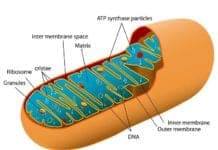

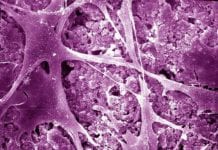















Thanks for this detailed and easy to understand article ?
I clicked on this website after asking google “Why is cell specialisation important?” and it came up with this website but doesn’t tell me anything about why it’s important. Could you please answer why it is important?
Hi Calleigh, Check out the significance of cell specialization section of the page – it explains the importance.